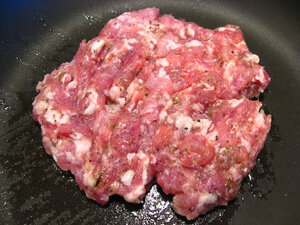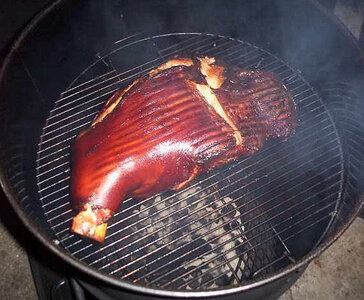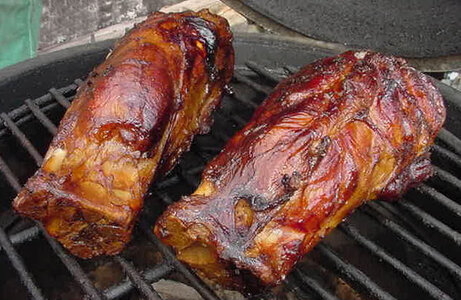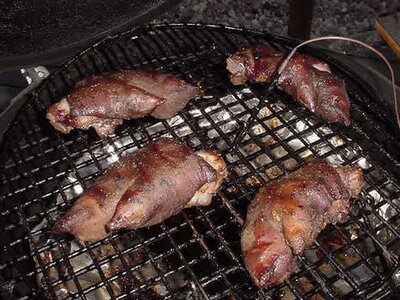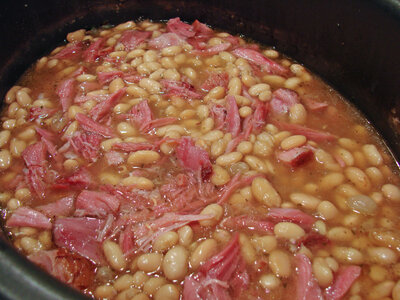I'm back with more questions. One of the things that confuses a novice like me is the various cuts and names of pork. Specifically, pork butt, picnic roast, shoulder roast, Boston butt. My main application will be grinding it for sausage, both cased and breakfast patties.
I've looked online and haven't really found a clear explanation of the differences from the point of suitability for grinding. So I'm hoping someone can give me some guidance or point me to a link with suitable explanation.
I see picnic roast at Costco for $1.24/lb. for approx 15 lb. pieces that seems like a good value IF it is suitable for my purposes.
Thanks in advance.
Rich
In short pork butt, pork shoulder, and boston butt but are the same. There are all the front leg upper sholder, not sure why they call it butt at all haha.
Anytime you see the word "Picnic" know that it is not the same and lower on the front leg of the animal. it does not have as much fast. Has shank bones, and often has skin.
Now lets talk making sausage.
You can take any pork meat and grind it up to make sausage.
The key is to also have a proper amount of fat with it.
So you can take super lean sirloin roasts or pork loins and grind them for sausage but you will have to add fat. You can treat those as like 95% meat 5% fat.
Best pork fat to buy and add is Trimmed Pork Backfat, if you can find it.
So in a case where you have lean or rando cuts of pork you just also grind in fat.
I do stuffed sausages at 80% meat and 20% fat all the time. I oftne do this with lean venison meat that has no fat and use pork back fat and my sausages come out amazing!
I've also done this with store bought pork where all they had were sirloin roasts for the meat side. Worked like a charm.
So you can weight your pure meat and eyeball guess how much fat is in it and then add fat to hit close to your ratio.
Pretty simple really.
Let me know if this makes sense :)


